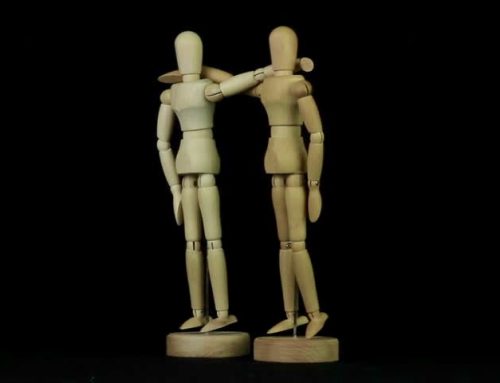Have you ever asked ‘What is the best type of stitching?’ and weren’t sure how to make the right choice? Working with clients across numerous productions with seemingly endless varieties of garments, we are regularly asked to advise on certain aspects of the manufacturing process. The only way to give an accurate response is to also analyse the fabrics and materials being used and of course the overall design of the product.
Different Types of Stitching
There are a number of different types of stitches out there, some better for certain garments than others. To make life easy, I’ve listed the different types of stitches followed by their best use application.
Chain Stitch is an embroidery and sewing technique where a thread is 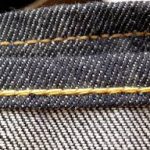 looped in a series to form a chain-like pattern. A Chain Stitch doesn’t need to go through more than one layer of fabric to work. This is why it’s a great choice for use on surface seams. However, this stitching style only uses a single thread which can unravel easily – be careful not to use it with belt-less trousers!
looped in a series to form a chain-like pattern. A Chain Stitch doesn’t need to go through more than one layer of fabric to work. This is why it’s a great choice for use on surface seams. However, this stitching style only uses a single thread which can unravel easily – be careful not to use it with belt-less trousers!
Lockstitch is the most common stitch created by a sewing machine. It uses two threads; one on top of the fabric from the spool and the other from the bottom of the fabric from the bobbin. The needle and thread run through the top of the fabric and then is caught by the thread from the bobbin on the underside. Once the two threads become entwined, they create a lockstitch. This is the best type of stitching for making just about any garment. These jeans have both Chain Stitching and Lockstitch.
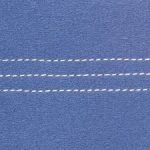
Straight Stitch, Flat Stitch, Running Stitch or Topstitch are some of the most common and simple stitches to use. It is what it says it is – a straight stitch. The needle and thread passes through the fabric and can be of varying lengths depending on the garment being produced. This is commonly used for garment edges such as a neckline or hem and also in patchwork and quilting, to hold the fabric and batting in place. This can be double and triple stitched to add extra strength.
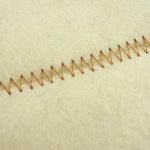
Zigzag Stitch is similar to Lockstitch but is used when a Straight Stitch simply isn’t going to be strong enough – it’s a back-and-forth stitch used for reinforcement. It is most commonly used for buttonholes and when using fabrics which contain stretch such as spandex or lycra. Sometimes Zigzag Stitch is used to temporarily secure two fabrics side by side or edge to edge.
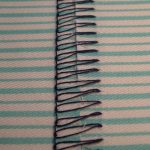
Overlock Stitch is a type of stitching that sews one or two pieces of fabric together at its edge. Overlock Stitch differs from Lockstitch because it simultaneously uses multiple thread cones; usually 3 or 4. It is used mostly for hemming and seaming but is extremely versatile, as it can be used for decoration, reinforcement, or construction.
In the End
Even amongst the different stitches described above, the tension and stitch width and length will change which will invariably alter a stitch’s uses or style. Ultimately the best type of stitching will depend on the garments, fabrics and materials you use for your next project.
At Clothing Manufacturing Agent Bali our team of manufacturers and suppliers are seasoned veterans and have the necessary knowledge to help make the best decisions based on the garment being manufactured. If you need any assistance with unanswered questions, let us know, we’d be glad to help.


